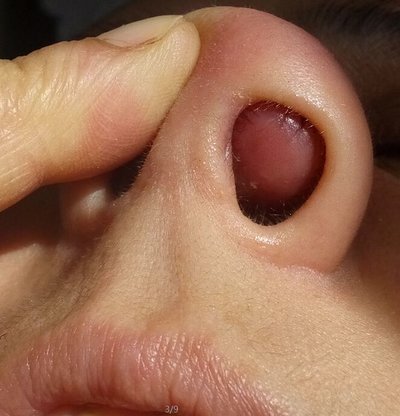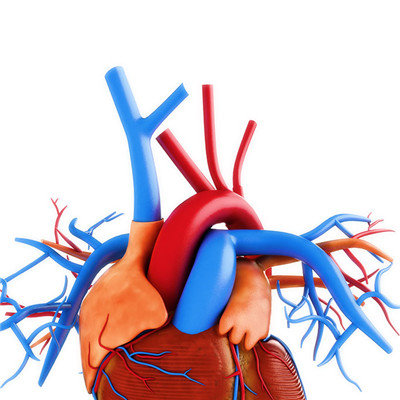What symptom does preeclampsia have?
summary
Preeclampsia, formerly known as pregnancy toxemia, is one of the three major causes of maternal death in obstetrics, along with hemorrhage and infection. In addition, preeclampsia can also affect the growth and development of the fetus, and may even cause fetal death. So what are the symptoms of preeclampsia?
What symptom does preeclampsia have?
The first sign is elevated blood pressure. If the height of blood pressure of pregnant women is greater than or equal to 140 to 90mmHg, it indicates that it is the manifestation of preeclampsia. The blood pressure rises slowly, and the patient has no obvious symptoms. However, if the blood pressure rises sharply, there will be nausea, vomiting, blurred vision, palpitations and other discomfort.

The second manifestation is proteinuria. Pregnant women in the premise of body swelling will have increased blood pressure, and through the examination, the level of proteinuria will continue to increase, if there are similar symptoms, suggesting the possibility of preeclampsia. So in clinic, in the process of prenatal examination, we must timely check and measure blood pressure and urine.

The third symptom is edema. If in the second and third trimester of pregnancy, pregnant women have systemic swelling and edema, they should go to the hospital in time. Determine whether it is dominant edema or recessive edema. Generally, dominant edema occurs in the ankle and lower limbs, and may also lead to systemic edema. Its characteristics are that it does not disappear after rest, and it appears suddenly, which will quickly affect the whole body and visceral organs. If it is recessive edema, mostly refers to the liquid stored in the tissue space, the main performance is that the weight will have abnormal increase.

matters needing attention
All in all, preeclampsia is often asymptomatic in the early stage, and it is difficult for the maternal to be alert to its early symptoms (blood pressure rise and proteinuria). If headache, blurred vision or epigastric pain and other symptoms appear, it is often severe preeclampsia, and there is a risk of eclampsia. Therefore, it is very important to detect the occurrence of preeclampsia early by proper timing and regular prenatal examination.














